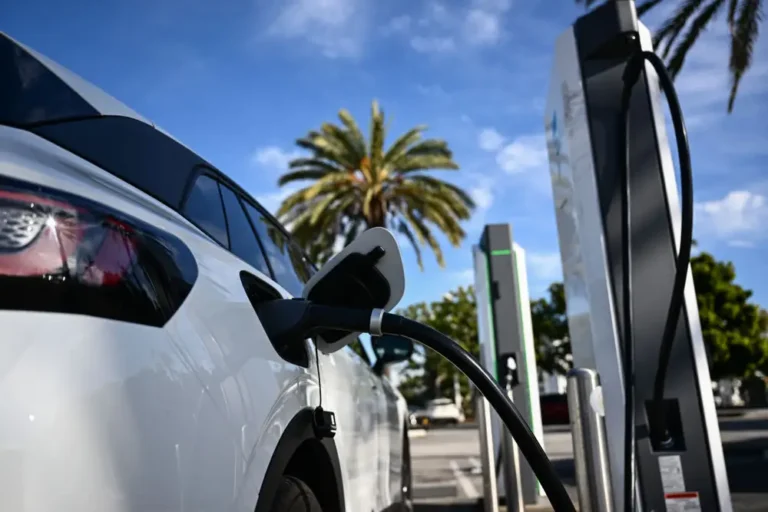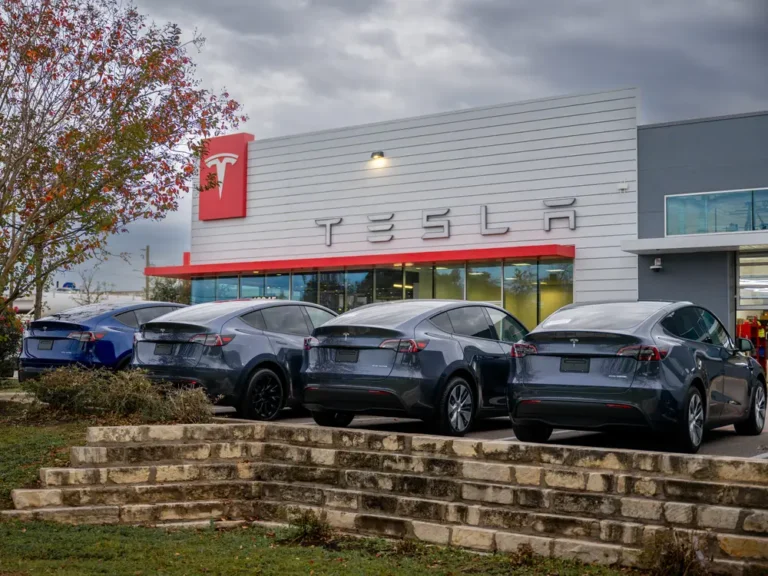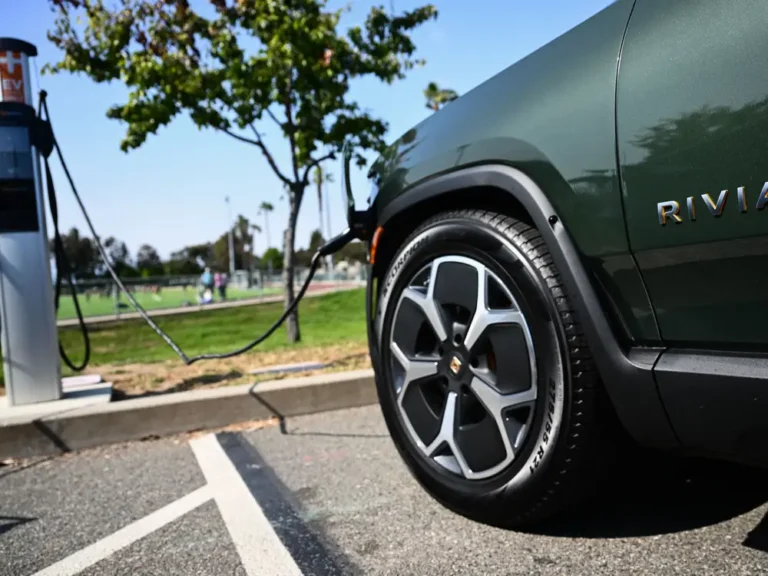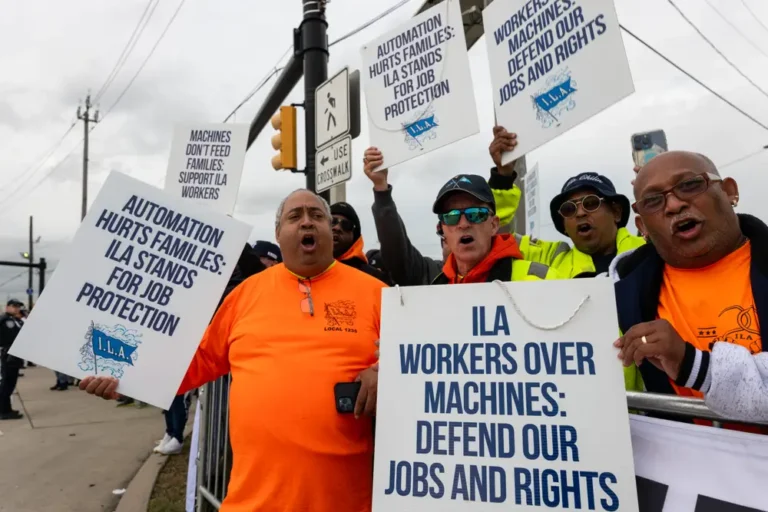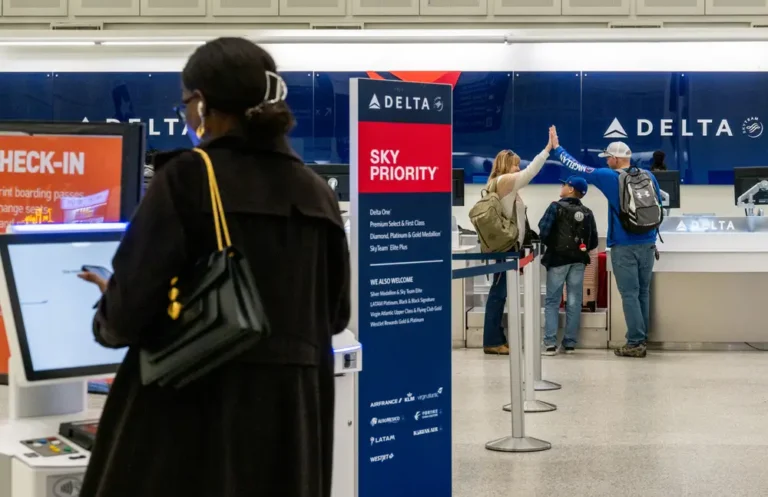GM’s EV drivers are finally getting access to the Tesla Supercharger network
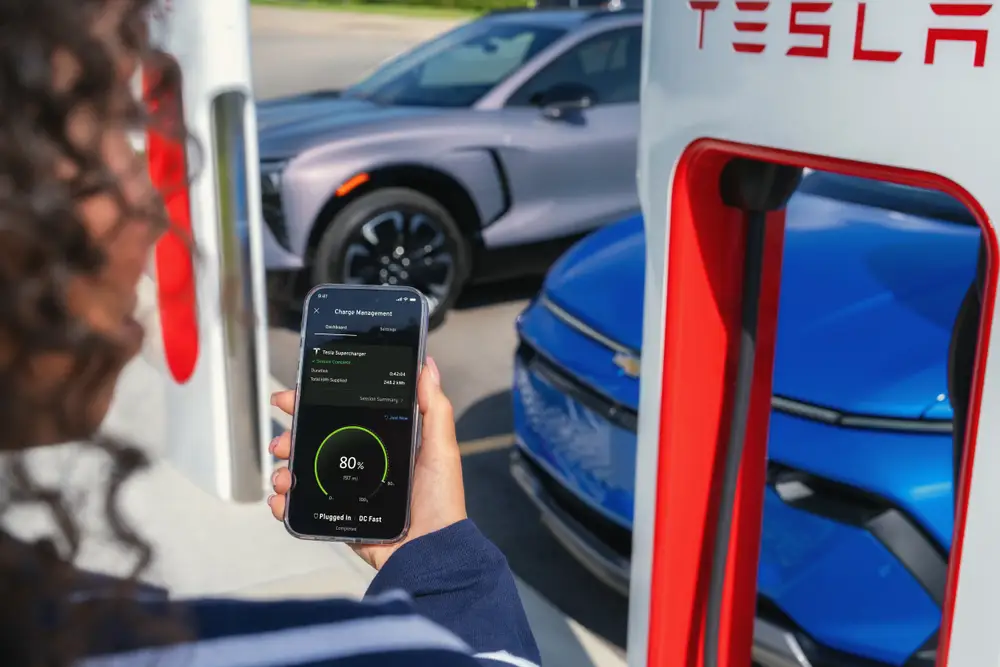
GM drivers now have access to Tesla Superchargers.
General Motors is the latest car company to grant its drivers access to Tesla’s vast Supercharger network.
The company announced Wednesday that GM electric vehicle drivers, including those from brands like Chevrolet and Cadillac, can charge at any of Tesla’s 17,800 Supercharger stations using a $225 adapter.
This is the latest move by GM to improve charging access for its EV customers. With the addition of the Supercharger network, GM drivers can now charge at more than 231,800 Level 2 and DC fast chargers across North America, according to the Detroit-based automaker.
That number is expected to grow even more in the coming months as GM expands its network of public charging stations with EVgo. Earlier in September, the companies announced they are working together on a network of fast-charging hubs that will look and operate like gas stations (minus the gas).
These back-to-back charging announcements from GM should signal to customers that the Detroit car company is committed to improving the public charging experience, said GM Energy Vice President Wade Sheffer.
“It is our intent to be the leader in providing fast, convenient, and safe charging in the public infrastructure,” Sheffer told B-17.
Car companies working together is rare — but necessary for EV charging
GM was among the many car companies that partnered with Tesla last year to adopt the North American Charging Standard (NCAS). Crosstown rival Ford was the first to join Tesla on NCAS in May 2023, and companies like GM, Rivian, Volvo, and BMW later followed suit.
Adoption has been slow, however, as Tesla shrank its Supercharger team earlier this year. GM is only the third company to gain access after Ford and Rivian drivers started using Superchargers earlier this year.
Efforts to patch holes in the US charging infrastructure have been haphazard over the past decade, and access to public charging on longer drives has long been a pain point for electric vehicle drivers.
The last few years have seen rapid improvements, with the number of charging stations in the US more than doubling since 2020 and $7.5 billion in promised federal funding for 500,000 new EV stations by 2030.
In the meantime, though, Sheffer says otherwise aggressive competitors will have to work together to solve the charging problem.
“Even though there is fierce competition when it comes to our vehicles, we can all align on wanting to provide the best charger experience for our customers collectively,” Sheffer told B-17.

